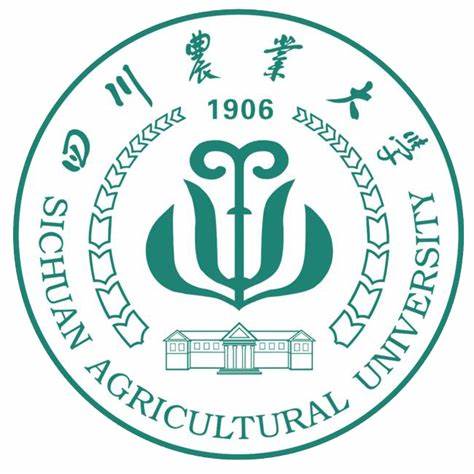ER membrane receptor FgGET2 plays critical roles in hyphal growth, asexual development, stress responses, and pathogenicity of Fusarium graminearum
作者: 刁圣轩 审稿人:魏育明 时间: 2025-05-28 点击次数:次
https://phytopatholres.biomedcentral.com/articles/10.1186/s42483-025-00327-3
Phytopathology Research, volume7, Article number:38(2025)
Caihong Liu,Lu Lei,Jing Zhu,Mi Zhang,Ziyi Zhang,Shijing Peng,Jie Tang,Lirun Chen,Qing Chen,Li Kong,Yunfeng Jiang,Guoyue Chen,Qiantao Jiang,Yazhou Zhang,Qiang Xu,Youliang Zheng,Karl-Heinz Kogel,Yuming Wei&Pengfei Qi
Abstract
Fusarium graminearum is the major causal agent of Fusarium head blight (FHB), a disease that considerably decreases wheat yield and quality. GET2 is an endoplasmic reticulum (ER) membrane receptor protein in the guided entry of tail-anchored (TA) proteins (GET) pathway, which is the most widely studied post-translational pathway for targeting and inserting TA proteins into the ER. Previous studies indicated that GET2 and its homologs play diverse biological roles in different organisms, including fungi, mammals, and plants. In this study, integrated biochemical, microbiological, and molecular genetic approaches were used to investigate the roles of GET2 in F. graminearum(FgGET2). FgGET2 has a conserved primary structure and is localized in the ER. In the Saccharomyces cerevisiae ∆ScGET2 mutant, the ectopic expression of FgGET2 restored normal growth. Deleting FgGET2 inF. graminearumhad detrimental effects on vegetative growth polarity, vacuolar morphology, and conidial production, morphology, and germination. In addition, the lack of FgGET2 expression disrupted responses to different stress conditions (treatments with environmental stressors, e.g., metals, fungicides, the ER stressor, and DNA replication and damage stressors) to varying degrees. Furthermore, deletingFgGET2inF. graminearumresulted in decreased pathogenicity on wheat spikes but increased deoxynivalenol production in wheat spikes and liquid medium. Re-introducing a functional FgGET2 into ∆FgGET2 recovered the wild-type phenotype. Collectively, these findings underscore the critical roles of FgGET2 in influencing diverse cellular and biological processes essential for F. graminearum growth and pathogenicity.


